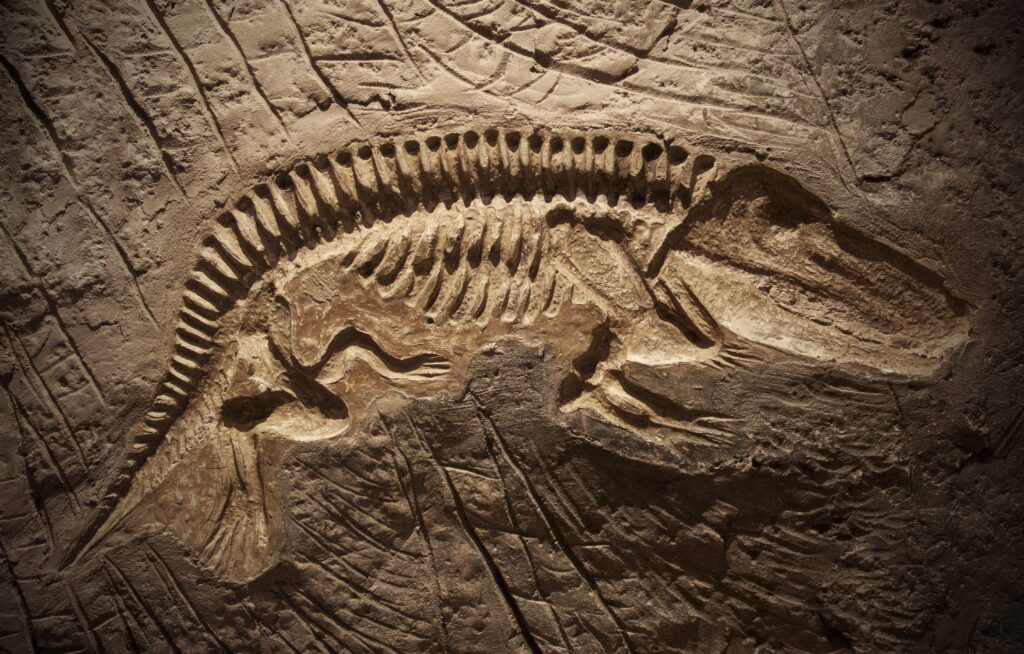Denver, CO – In a remarkable discovery beneath an ordinary parking lot, paleontologists have unearthed a significant dinosaur fossil underneath a museum in Denver. The find sheds new light on prehistoric life in the region and has sparked excitement among scientists and local residents alike. This unexpected excavation, reported by CNN, highlights the hidden treasures that can lie just beneath our feet, even in urban settings.
Discovery of Rare Dinosaur Fossil Beneath Denver Museum Parking Lot Sparks Scientific Excitement
During routine excavation work beneath the parking lot of a prominent Denver museum, paleontologists made an unexpected breakthrough-unearthing fossilized remains believed to belong to a previously undocumented dinosaur species. This discovery provides a rare glimpse into the prehistoric ecosystem that once thrived in what is now Colorado. The fossil, remarkably well-preserved despite decades beneath urban infrastructure, includes significant skeletal fragments that experts suggest could rewrite parts of the region’s dinosaur lineage.
The Denver Natural History Society has rapidly assembled a multidisciplinary team to analyze the find, utilizing advanced imaging techniques and comparative anatomy studies. Key features identified so far include:
- Distinctive skull morphology unlike any known raptor or herbivore in the area
- Robust limb bones suggesting unique locomotion capabilities
- Trace fossil evidence indicative of social behavior or nesting sites nearby
| Characteristic | Potential Significance |
|---|---|
| Skull Size | Larger than average for local species |
| Claw Structure | Adapted for both hunting and digging |
| Bone Density | Suggests possible semi-aquatic lifestyle |
Experts Analyze Fossil to Uncover Insights Into Prehistoric Life and Regional Geology
Researchers have meticulously studied the fossilized remains uncovered beneath the museum’s parking area, revealing new perspectives on the prehistoric ecosystems that thrived millions of years ago. The discovery includes remarkably preserved bones and teeth, allowing experts to reconstruct the dietary habits, movement patterns, and potential behavior of the dinosaur species. This find enriches the existing paleontological record, offering a rare opportunity to understand the biodiversity of the region during the Late Cretaceous period.
Geologists have also extracted valuable data from the surrounding rock layers, contributing to a broader understanding of the area’s ancient geological processes. These sedimentary formations suggest fluctuating climate conditions and shifting landscapes, which influenced the evolution and distribution of prehistoric life. Key insights include:
- Stratigraphic analysis: Identification of distinct rock layers dating back over 70 million years.
- Fossil preservation: Exceptional mineralization patterns indicative of rapid burial after death.
- Environmental reconstruction: Evidence of floodplain habitats with diverse vegetation.
| Aspect | Findings | Significance |
|---|---|---|
| Bone Integrity | High preservation, minimal erosion | Enables detailed anatomical study |
| Sedimentary Composition | Siltstone and sandstone mix | Indicates ancient river environments |
| Climate Indicators | Sporadic coal deposits | Suggests wet and dry seasonal cycles |
Recommendations for Preservation and Public Engagement Amid Ongoing Excavation Efforts
Ensuring the fossil’s integrity throughout the excavation requires a multi-disciplinary approach that balances scientific rigor with practical preservation techniques. Experts recommend employing state-of-the-art methods such as 3D scanning and resin stabilization to safeguard fragile bones during removal and transport. In addition to physical protection, detailed documentation at each stage is crucial to maintain the fossil’s contextual information, which holds key insights into the era it represents. Collaboration between paleontologists, conservators, and structural engineers will be vital to navigate the constraints posed by the active museum parking structure above.
Engaging the public during ongoing excavations can transform the site into an educational landmark rather than a restricted area. Creative outreach efforts include:
- Live-streamed dig sessions offering real-time insights from paleontologists
- Interactive onsite displays explaining excavation techniques and fossil significance
- Community fossil workshops inviting participation in preservation methods
- Virtual reality experiences simulating prehistoric Denver environments
| Preservation Technique | Purpose | Public Engagement Link | ||||||||
|---|---|---|---|---|---|---|---|---|---|---|
| 3D Scanning | Creates digital models for research and display | Virtual tours and interactive exhibits | ||||||||
| Resin Stabilization | Protects bones during excavation and transport | Hands-on preservation workshops |
| Preservation Technique | Purpose | Public Engagement Link |
|---|---|---|
| 3D Scanning | Creates digital models for research and display | Virtual tours and interactive exhibits |
| Resin Stabilization | Protects bones during excavation and transport |
